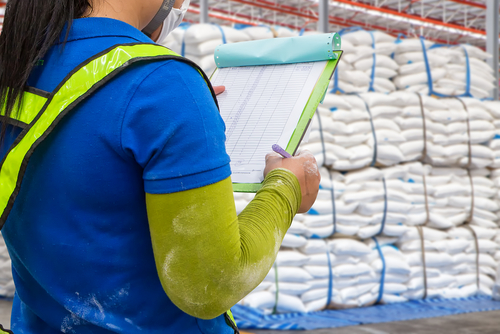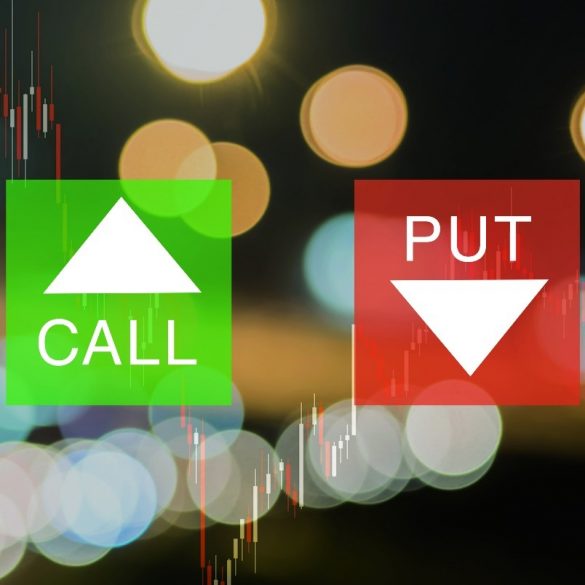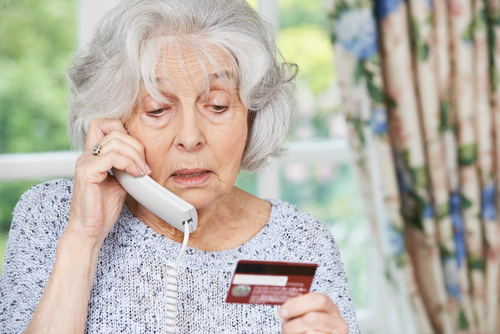To Retire in Style, Ditch the House!
I really enjoy looking at statistics about people’s habits. You know – the types that tell you how much debt the average person has, how big the average car payment is or how long the payments stretch out for.
These are important to me because – in most cases – I want to do exactly the opposite of what these surveys are saying.
Now, I realize that not everyone is the same and averages are just averages. But they do paint a good picture, and the trend is what really counts to me.
Take homeownership, for example. As a country, we enjoy a very high level of homeownership. Around 64% of us own our homes.
It’s not the highest in the world, not by a long shot. That honor goes to Romania with a 96% rate. Not sure I want to live there though!
But the rate of homeownership, while impressive, is a deceiving number. Owning a home is a liability that will hopefully become an asset. Sure, it provides a roof over your head, a safe place for your family and a nice place to retire. But along the way it costs you a ton of money.
If you’re thinking that the $300,000 house you bought yesterday is an asset because it will hopefully be worth $600,000 by the time you pay off your mortgage (that’s about the rate of appreciation according to Zillow), consider how much you will have spent just paying down the mortgage. Over a 30-year period at 5% interest, you would have paid about $579,000 for the house. Add in property taxes, repairs, home insurance, upgrades to appliances, etc., and inflation, and your $600,000 house just became a poorly performing savings account.
But homes are shelters, and the investment angle should be secondary. We often get lured in by stories of how that home in Southern California bought for $200,000 in the ’90s is now worth $2 million. That’s the exception, my friends, not the norm.
If you are counting on that home to multiply in value many times over before you sell, you’re gambling with money that could be making you a lot more. Let’s go back to the example above.
In the county I live in, a $300,000 house would cost $6,000 in annual property taxes, $2,500 in homeowners insurance and about $250 in monthly maintenance for the pool and yard. A new roof is going to cost about $15,000, and two upgrade cycles for paint, appliances, tile and bathroom fixtures will cost about $60,000.
So over the 30-year period, I will have sunk in more than $1 million.
Mortgage Payments: $597,000
Property Taxes: $180,000
Homeowners Insurance: $75,000
Maintenance: $108,000
Roof: $15,000
Upgrades: $60,000
Total cost: $1,035,000
That works out to about $2,875 per month. And if you sell the house for $600,000, double what your original price was, you’re still in the hole by quite a bit.
What are your options? Well, the first option is to pay off the house as quickly as possible. Just the interest payments will cost you as much as the purchase price. Second, consider renting instead of buying. Rental for a similarly priced home would probably save you around $1,000 per month, bringing your outlay to $1,875 per month, or $675,000 including escalations.
Investing that $1,000 a month for 30 years at 7% (less than the average market return) would get you more than $1 million. Add the additional $360,000 saved on costs, upgrades and taxes, and you are looking at around $1.36 million in the bank after paying your rent.
Of course, every situation is different. Some people hate having a landlord and want to build a treehouse in their own yard.
At the end of the day, you must decide where you want to end up in life. But conventional wisdom like “buy a house because it will only go up in value” or “it’s a great way to save money” is not always the best advice.
Good investing,
Karim


